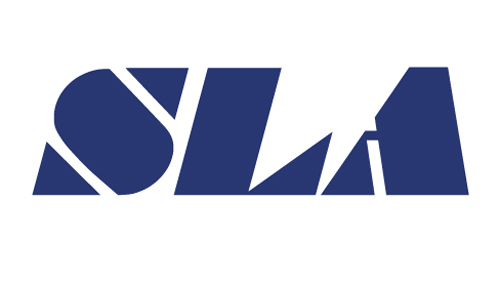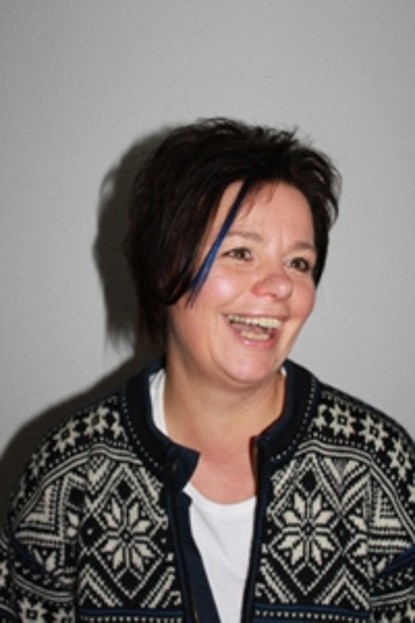

Early Years
In 1913 the appointment of Carl Eberhardt to the “Lehrstuhl für Luftschiffahrt und Flugtechnik” (Chair of Aviation and Aircraft Technology) marks the beginning of institutionalized aeronautics at the TH Darmstadt. Darmstadt was not the first university to conduct aeronautical research, but the chair was the first to focus exclusively on the science of airships and airplanes.
Between the World Wars, the Treaty of Versailles limited the construction of German motorized airplanes. Thus, gliding experienced an enormous upturn, especially in Darmstadt. In 1921, students founded the academic flyers' group “Akaflieg”, whose members dedicated themselves to the construction and flight of their own gliders. Through the foundation of the Institute for Aerodynamics (“Aerodynamisches Institut”) in 1922, and the relocation of the Deutsche Forschungsanstalt für Segelflug (DFS, German Institute for Glider Research) to the Griesheim airfield in 1933, the area became an early centre for aeronautical research. What was significant about that time was the overlap of personnel at the TH Darmstadt and the mentioned institutions. One example was Walter Georgii who held a chair of meteorology at the TH Darmstadt, was board member of the “Hessische Flughafen AG Darmstadt” (Hessian Aiport Limited Company) and founding member of the gliding association “Rhön-Rossitten-Gesellschaft” (the origin of the DFS).
Prof. Eberhardt died in 1932 and Franz Nikolas Scheubel became his successor. By then, the airplane became generally accepted as the dominating aircraft – thus the “Luftschiffahrt” disappeared from the title of the chair.
Military aeronautical research 1933-45
In 1933/34, Darmstadt Airport moved to the Griesheimer Sand, with the approval of the Reich Aviation Ministry and the Foreign Office. The Nazi regime was well aware of the military and armaments potential of the local scientists and aeronautical industry. The facilities were quickly expanded and modernised for the Luftwaffe and became one of the Reich's central training and development centres for war planning with more than a thousand employees. TH professors were intensively involved in armaments research. The TH wind tunnel was built between 1935 and 1937.
See: History of TU Darmstadt: Civil and military aeronautical research – from 1908
Renewal of aeronautical research
After World War II, due to the laws of the Allied Control Council restricting aeronautical research, the chair and the institute became obsolete. It was not before 1954 that research could be resumed. Günther Bock was appointed to the newly established chair and the “Institut für Luftfahrt” (Institute for Aeronautics) was founded. In the beginning, the focus was on the reestablishment of both the local and national aeronautical research. The wind tunnel building and machinery had remained undamaged throughout the war and new institute buildings were constructed around it.
Restructuring
From an external point of view, the renaming of the institute in “Institut für Flugtechnik” (Institute for Aeronautics) could be seen as a completion of the restoration process. From 1966-1982, Xaver Hafer succeeded Günther Bock as head of the institute. After Hafer's retirement a significant restructuring of the institute was carried out: The flight systems was becoming more and more complex and led to the establishment of an additional chair integrated into the new institute. Thus, in the early 1980s, the Institute for Flight Mechanics and Control Engineering ("Flugmechanik und Regelungstechnik, headed by Wolfgang Kubbat) and the Institute of Aerodynamics and Metrology (Aerodynamik und Messtechnik, headed by Bernd Ewald) were founded.
After the retirement of Bernd Ewald in 1997, a new restructuring process started and four institutes were established: Fluid Mechanics and Aerodynamics (SLA), Flight Systems and Automatic Control (FSR), Gas Turbines and Aerospace Propulsion (GLR) and “Lightweight Construction (KLUB)”. These four institutes now form the core of aeronautical research at the TU Darmstadt and, in 2013, could look back upon 100 years of aeronautics in Darmstadt.
Sources:
Sebastian Keller: “100 Jahre Luftfahrtprofessur an der Technischen Universität Darmstadt” , Ausstellung zur historischen Entwicklung der Luftfahrtforschung an der TU Darmstadt, 2013.
“Zivile und militärische Luftfahrtforschung – ab 1908” , Dauerausstellung der Technischen Universität Darmstadt









